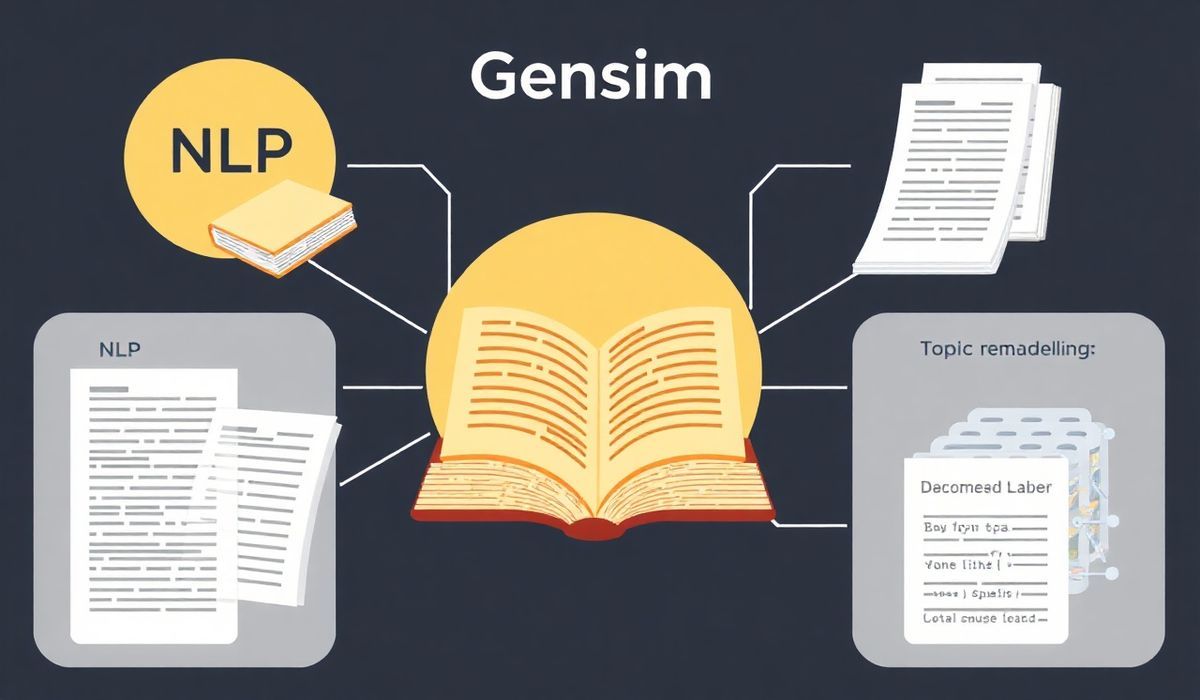Understanding Cryptography and Its Powerful APIs
Cryptography is an essential field in computer science that concerns securing information. With its foundations rooted in mathematics, it helps to protect data through encryption, ensuring confidentiality, integrity, authentication, and non-repudiation, making it crucial in modern-day applications like web security, secure messaging, and digital payments.
Key Concepts in Cryptography
Before diving into the APIs, let’s briefly understand the two core types of encryption:
- Symmetric Encryption: The same key is used for both encryption and decryption.
- Asymmetric Encryption: A public key is used for encryption, and a private key is used for decryption.
Popular APIs and Code Snippets
The cryptography Python library is a widely-used package that makes implementing encryption techniques straightforward. Here are some examples:
1. Symmetric Encryption with Fernet
Fernet is an easy-to-use implementation of symmetric (shared key) encryption.
from cryptography.fernet import Fernet
# Generate a key
key = Fernet.generate_key()
cipher = Fernet(key)
# Encrypt the message
message = b"Secure this text"
encrypted_message = cipher.encrypt(message)
# Decrypt the message
decrypted_message = cipher.decrypt(encrypted_message)
print(f"Encrypted: {encrypted_message}")
print(f"Decrypted: {decrypted_message.decode()}")
2. Asymmetric Encryption with RSA
In RSA encryption, public and private keys are used for secure data transmission.
from cryptography.hazmat.primitives.asymmetric import rsa
from cryptography.hazmat.primitives.asymmetric import padding
from cryptography.hazmat.primitives import hashes
# Generate private and public keys
private_key = rsa.generate_private_key(
public_exponent=65537,
key_size=2048
)
public_key = private_key.public_key()
# Encrypt with public key
message = b"Secure encryption"
encrypted = public_key.encrypt(
message,
padding.OAEP(
mgf=padding.MGF1(algorithm=hashes.SHA256()),
algorithm=hashes.SHA256(),
label=None
)
)
# Decrypt with private key
decrypted = private_key.decrypt(
encrypted,
padding.OAEP(
mgf=padding.MGF1(algorithm=hashes.SHA256()),
algorithm=hashes.SHA256(),
label=None
)
)
print(f"Encrypted: {encrypted}")
print(f"Decrypted: {decrypted.decode()}")
3. Hashing with Cryptography
The library also supports hashing algorithms such as SHA-256 for data integrity verification.
from cryptography.hazmat.primitives import hashes
digest = hashes.Hash(hashes.SHA256())
digest.update(b"input data")
digest.update(b"additional data")
result = digest.finalize()
print(f"SHA-256 Hash: {result.hex()}")
4. Digital Signatures for Authenticity
Digital signatures ensure that messages are authentic and haven’t been tampered with.
from cryptography.hazmat.primitives.asymmetric import padding
from cryptography.hazmat.primitives import hashes
# Signing the message
message = b"Sign this message"
signature = private_key.sign(
message,
padding.PSS(
mgf=padding.MGF1(hashes.SHA256()),
salt_length=padding.PSS.MAX_LENGTH
),
hashes.SHA256()
)
# Verifying the signature
public_key.verify(
signature,
message,
padding.PSS(
mgf=padding.MGF1(hashes.SHA256()),
salt_length=padding.PSS.MAX_LENGTH
),
hashes.SHA256()
)
print(f"Signature verified successfully!")
5. Key Derivation with PBKDF2
Key derivation functions are useful for password-based cryptography.
from cryptography.hazmat.primitives.kdf.pbkdf2 import PBKDF2HMAC
from cryptography.hazmat.primitives import hashes
from cryptography.hazmat.backends import default_backend
import os
password = b"mysecretpassword"
salt = os.urandom(16)
kdf = PBKDF2HMAC(
algorithm=hashes.SHA256(),
length=32,
salt=salt,
iterations=100000,
backend=default_backend()
)
key = kdf.derive(password)
print(f"Derived Key: {key.hex()}")
Example: Building a Secure Messaging App
Let’s use the introduced APIs to create a simple secure messaging app:
from cryptography.fernet import Fernet
# Step 1: Generate a key
key = Fernet.generate_key()
cipher = Fernet(key)
# Step 2: Simulate secure messaging
def secure_messaging(sender, receiver, message):
encrypted_message = cipher.encrypt(message.encode())
print(f"Encrypted message from {sender} to {receiver}: {encrypted_message}")
# Receiver decrypts the message
decrypted_message = cipher.decrypt(encrypted_message).decode()
print(f"Decrypted message received by {receiver}: {decrypted_message}")
# Simulate conversation
secure_messaging("Alice", "Bob", "Hello Bob, this is a secure message!")
secure_messaging("Bob", "Alice", "Hi Alice, I have received your message securely!")
Conclusion
Cryptography is an indispensable tool in the digital world. With libraries like cryptography, developers can easily implement secure practices in their applications. By mastering these APIs, you can create robust systems that protect sensitive data from unauthorized access.




